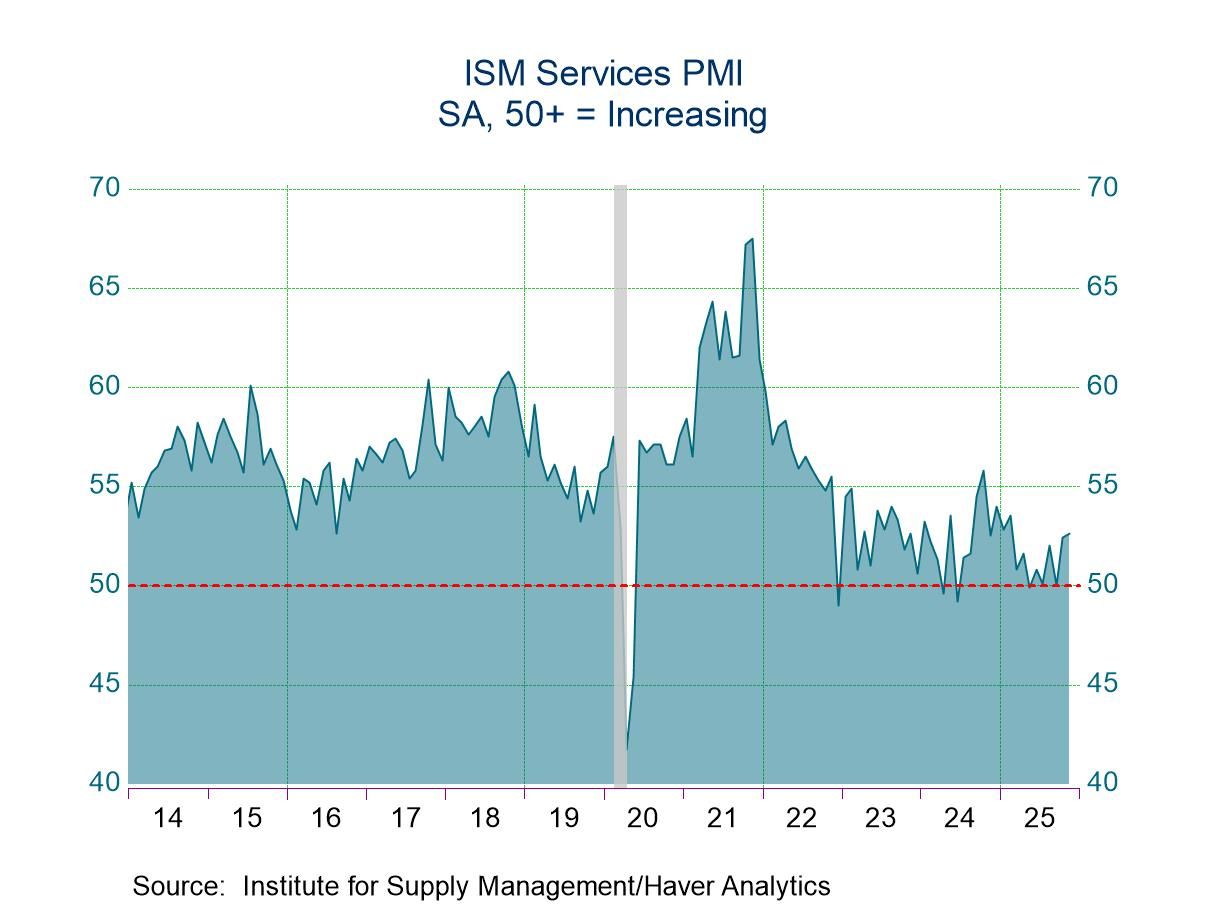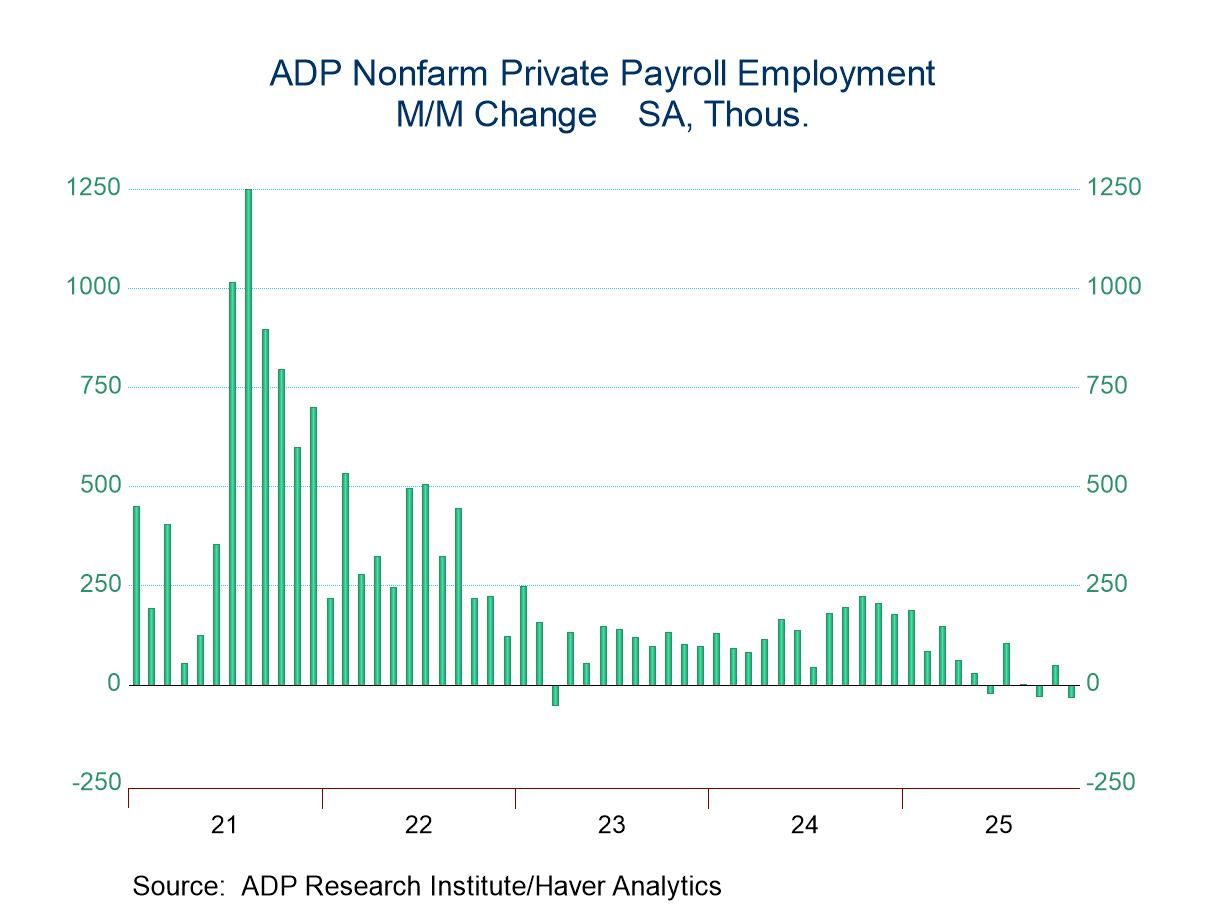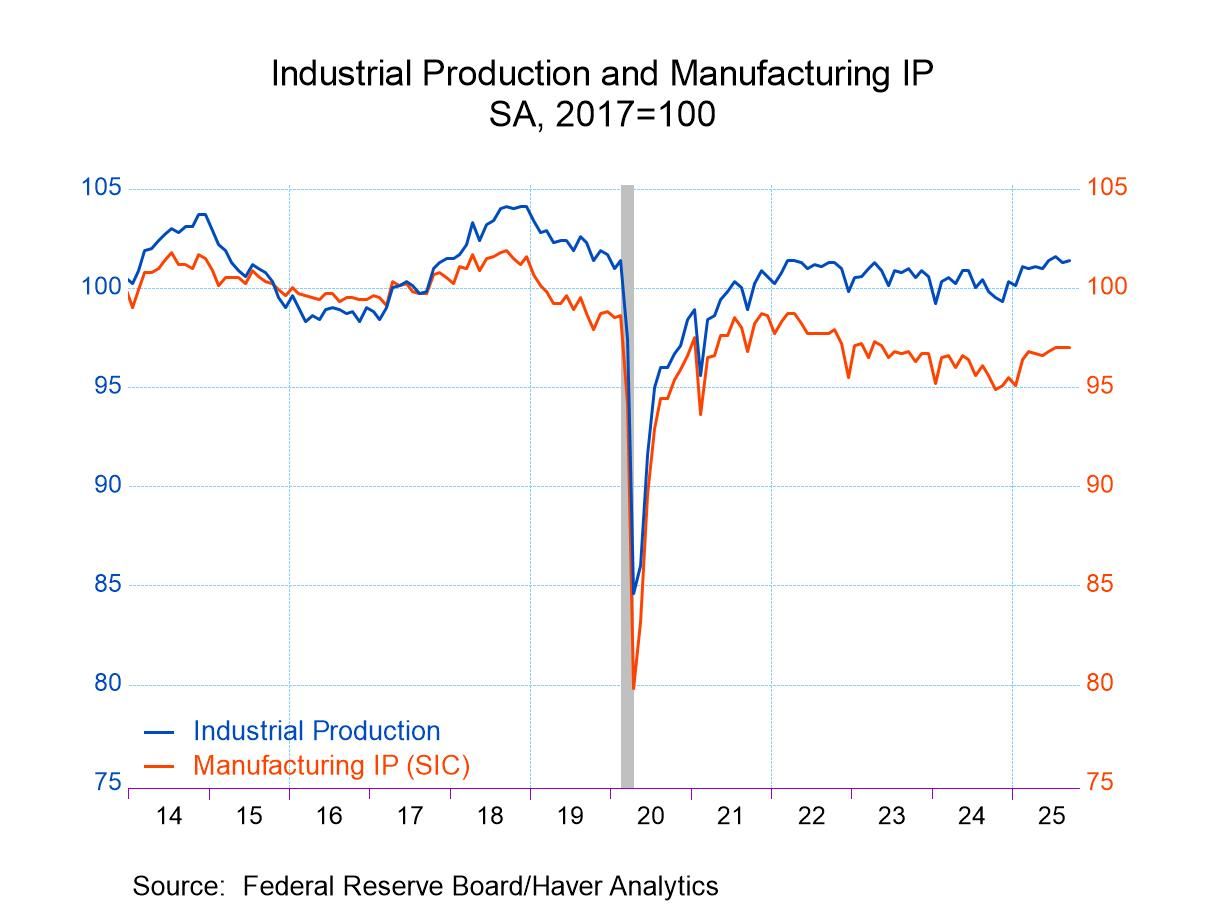International Transactions 2025-Q1
Summary
- Pronounced Slippage in International Trade.
- Negligible shift in Income Flows.
- Some Offset in the Capital Account.


The Current Account The deficit in the U.S. current account widened dramatically in the first quarter, surging $138.2 billion or 44.3%. While the magnitude of the change was striking, it was not surprising, as monthly statistics on imports and exports had shown marked deterioration in the trade deficit. The trade slippage, in turn, was driven by a surge in imports to front-run the likely imposition of tariffs. Import and export flows in April showed a slowdown in such efforts, raising the prospect of a sharp narrowing in the current account deficit in Q2.
While international trade in goods and services is the largest component of the current account, income flows are included as well. Such flows had an insignificant influence in Q1, showing a net improvement of $1.4 billion, a pittance compared with the deterioration in trade. The two components of income flows (primary and secondary) moved in opposite directions in Q1, with primary income slipping and secondary income posting an unusually large change that more than offset the softness in primary income.
The quarterly change in primary income was not especially large ($9.2 billion), but the notable story in this component has been the shift in the past few years. In the span from 2007 to 2020, primary income was solidly in the plus column, often totaling more than $50 billion per quarter (not annualized). However, flows started to slow in 2020, and they have been in negative territory in five of the past six quarters. The most notable shift has occurred in investment income, which historically has involved net inflows despite a net negative investment position (U.S. residents held higher-returning assets). However, net investment income has been in negative territory in four of the past five quarters.
Primary income also includes employee compensation, which historically has generated net negative flows for the United States (more foreign workers in the U.S. than U.S. workers abroad). The degree of net outflow has deepened in recent years, contributing to the slowing trend in primary income. Recent quarterly changes have generally been small, although the changes usually involve net outflows.
Secondary income is the smallest component of the current account, consisting of so-called current transfers, which are cash payments without the receipt of an offsetting good, service, or asset. Examples of such transfers include remittances of migrants to their home country, government grants, and fines and penalties. Secondary income for the U.S. is usually negative, reflecting large remittances of migrants. However, the fourth quarter showed a notable net inflow. The positive flow reflected the receipt of fines and penalties and reduced outflow of government payments for international cooperation (perhaps a cut in aid to U.S.A.I.D or other changes prompted by DOGE).
The Capital Account The capital account tracks the net flow of so-called capital transfers (not to be confused with current transfers in the secondary income component of the current account). Capital transfers involve changes in the ownership of assets without an offsetting receipt of another asset (or reduction in liability) with economic value. The most notable examples of capital transfers are debt forgiveness, insurance payments for catastrophic events, and investment grants.
The capital account for the U.S. usually involves negative flows, but both the fourth quarter of last year and the first and first quarter of this year saw positive flows. The background story, however, was not favorable, as the inflows primarily represented insurance payments from foreign companies to cover catastrophic events – hurricane Milton in 2024-Q4 and California wildfires this year.
Offsetting Financial Flows In the system of international accounts, imbalances in the current and capital accounts will be offset by some type of financial flow. A combined deficit in the current and capital account will be matched by some combination of a decrease in assets or an increase in liabilities; Surpluses in the current and capital accounts will generate an increase in assets or a decrease in liabilities. (The accounts also have a statistical discrepancy to close gaps generated by different source data or reporting errors.)
The accounts track five broad areas of financial flows: direct investment, portfolio investment, reserve assets, financial derivatives, and other investments (such as currencies, deposits, Loans, and trade credit). All move erratically and none has traced a distinct trend in the past several years. Shifts in one quarter can be (and often are) reversed shortly down the road.
While a high degree of volatility inhabits the financial accounts, the following identity holds every quarter: Current account + capital account + statistical discrepancy = Increase in assets – increase in liabilities + net derivatives
Benchmark Revisions Today’ s report included benchmark revisions that adjusted underlying data back to 2022 and seasonal factors back to 2018. The cumulative current account deficit widened by $55.3 billion over the prior three years (-1.8%). The trade deficit narrowed by $46.0 billion (1.7%), but this improvement was more than offset by deterioration in income flows. Both primary and secondary income contributed to the negative adjustment, with primary slipping by 25.1% and secondary easing by 10.0%.
Balance of Payments data are in Haver’s USINT database, with summaries available in USECON. The expectations figure is in the AS1REPNA database.


Michael J. Moran
AuthorMore in Author Profile »Before joining Haver Analytics in 2025, Michael J. Moran was the chief economist of Daiwa Capital Markets America Inc. He was responsible for preparing the firm’s economic forecast and interest rate outlook. He traveled frequently to visit the clients of Daiwa Capital Markets and wrote weekly economic commentary. Mr. Moran also was involved in the flux of financial markets, as he spent a portion of each day on Daiwa’s trading floor interpreting economic statistics and Federal Reserve activity for traders and salespeople. Mr. Moran is quoted frequently in the financial press, and he appears regularly on cable news shows. He also has published articles in several journals and periodicals. Before joining Daiwa Capital Markets America, Mr. Moran worked as an economist at the Federal Reserve Board in Washington, D.C. where he analyzed a broad range of issues dealing with the financial sector of the economy and regularly briefed the Board of Governors. He was on the faculty of Pennsylvania State University from 1979 to 1980 and taught on a part-time basis at George Washington University from 1980 to 1987.
Mr. Moran received his Ph.D. in economics from Pennsylvania State University in 1980 and a B.S. in business administration from the University of Bridgeport in 1975. He was a CFA charter holder from 2002 until 2016.






